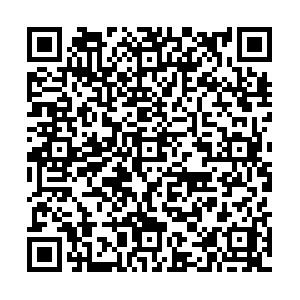Abstract:
The hardware fault of the LiDAR will make the quality of the echo data worse. However, there is still a lack of effective identification methods for the error data caused by the hardware failure. Analysis of echo characteristics of atmospheric particulate matter monitoring when LiDAR has hardware failure, according to the echo signal information of the echo shape and intensity of the LiDAR, the fuzzy logic algorithm is used to identify the fault data. The hardware fault data of the atmospheric particulate LiDAR is identified and tested. At the same time, in order to reduce the false positive rate of data without hardware failures, the mean values of extinction coefficient and signal-to-noise ratio (SNR) at the height of 300 meters to 500 meters were compared between the data of hardware failures and the data was misjudged, reduced the false positive rate by setting the signal to noise ratio threshold. The experimental results show that this method is used to identify the hardware fault data of the LiDAR monitoring of the external field, the recognition rate is 94.6%, and the false positive rate is only 1.5%. This method has a good recognition effect on hardware fault data.
 Abstract: The hardware fault of the LiDAR will make the quality of the echo data worse. However, there is still a lack of effective identification methods for the error data caused by the hardware failure. Analysis of echo characteristics of atmospheric particulate matter monitoring when LiDAR has hardware failure, according to the echo signal information of the echo shape and intensity of the LiDAR, the fuzzy logic algorithm is used to identify the fault data. The hardware fault data of the atmospheric particulate LiDAR is identified and tested. At the same time, in order to reduce the false positive rate of data without hardware failures, the mean values of extinction coefficient and signal-to-noise ratio (SNR) at the height of 300 meters to 500 meters were compared between the data of hardware failures and the data was misjudged, reduced the false positive rate by setting the signal to noise ratio threshold. The experimental results show that this method is used to identify the hardware fault data of the LiDAR monitoring of the external field, the recognition rate is 94.6%, and the false positive rate is only 1.5%. This method has a good recognition effect on hardware fault data.
Abstract: The hardware fault of the LiDAR will make the quality of the echo data worse. However, there is still a lack of effective identification methods for the error data caused by the hardware failure. Analysis of echo characteristics of atmospheric particulate matter monitoring when LiDAR has hardware failure, according to the echo signal information of the echo shape and intensity of the LiDAR, the fuzzy logic algorithm is used to identify the fault data. The hardware fault data of the atmospheric particulate LiDAR is identified and tested. At the same time, in order to reduce the false positive rate of data without hardware failures, the mean values of extinction coefficient and signal-to-noise ratio (SNR) at the height of 300 meters to 500 meters were compared between the data of hardware failures and the data was misjudged, reduced the false positive rate by setting the signal to noise ratio threshold. The experimental results show that this method is used to identify the hardware fault data of the LiDAR monitoring of the external field, the recognition rate is 94.6%, and the false positive rate is only 1.5%. This method has a good recognition effect on hardware fault data.

 E-mail Alert
E-mail Alert RSS
RSS


